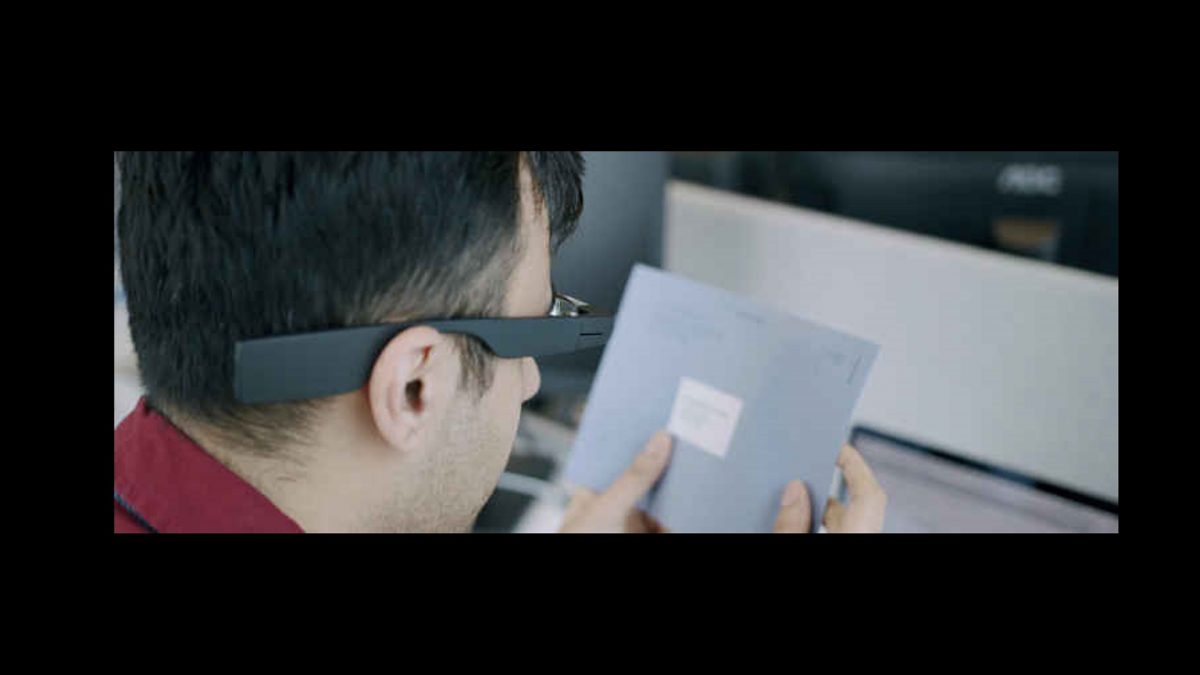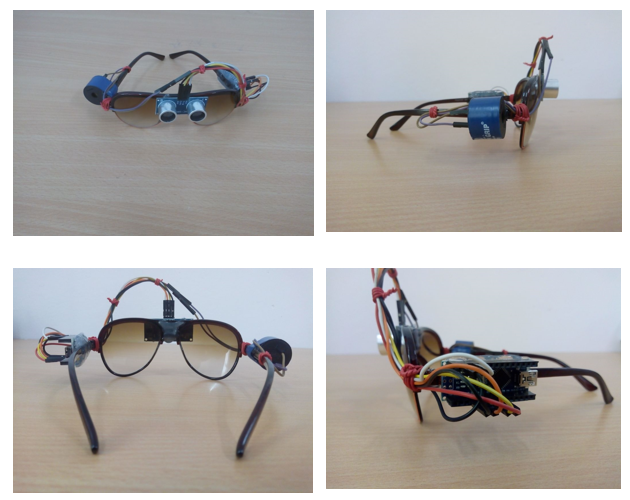Enhancing Availability Via Assistive Technology for the Blind
The combination of assistive technology for the blind stands for an essential improvement in access, essentially modifying exactly how individuals browse their environments and engage with society. As we explore the diverse kinds of assistive tools and their substantial impacts on daily living, it comes to be essential to examine exactly how ongoing technical developments are reshaping the landscape of assistance for the blind area.
Introduction of Assistive Innovation
Assistive technology describes an array of gadgets and software program designed to enhance the capacities of people with handicaps, including those that are visually impaired or blind. This modern technology plays a vital function in promoting self-reliance and enhancing the lifestyle for individuals. By providing alternative approaches for accessing info and doing everyday tasks, assistive technology equips individuals to browse their settings better.
The development and execution of assistive technology embrace a selection of principles targeted at fostering accessibility. These concepts consist of user-centered style, which focuses on the needs and choices of the individual, and the assimilation of technology right into day-to-day tasks. Such developments make sure that assistive gadgets are not just practical however easy and also instinctive to utilize.
Furthermore, assistive technology incorporates a diverse spectrum of services, from low-tech options like magnifiers to modern innovations such as screen viewers and Braille displays. The ongoing evolution of this field is driven by the requirement to resolve the one-of-a-kind difficulties encountered by people with visual impairments (Wearable technology for low vision). As modern technology proceeds to development, the potential for enhancing access and advertising inclusivity stays encouraging, ultimately contributing to a much more fair culture

Sorts Of Assistive Gadgets
Many kinds of assistive tools are offered to support individuals that are blind or aesthetically impaired, each made to attend to particular requirements and difficulties. These gadgets can be broadly categorized into 3 main types: low-tech, mid-tech, and modern remedies.
Low-tech gadgets consist of products such as magnifiers, Braille tags, and responsive maps. These are relatively easy devices that enhance the user's ability to engage with their setting without needing complicated innovation.
Mid-tech devices often involve much more sophisticated features, such as electronic magnifiers and mobile Braille note-takers. These gadgets can offer performances like speech outcome, permitting users to gain access to details extra successfully.
Influence on Daily Living
The accessibility of various assistive tools considerably boosts the quality of life for people that are visually damaged or blind, affecting their day-to-day living in extensive means. By incorporating innovations such as screen viewers, Braille shows, and audio summary solutions into their regimens, individuals get better freedom and self-reliance. These devices facilitate access to info, making it possible for individuals to do day-to-day tasks, such as reading emails, navigating public rooms, and enjoying media content.
In addition, assistive tools equip individuals to involve more totally in social communications and area tasks. The ability to utilize smart devices geared up with accessibility functions permits smooth communication and link with others. This connectivity fosters a sense of belonging and reduces sensations of seclusion.
In expert setups, assistive technology sustains efficiency by allowing people to complete job tasks effectively. Tools like voice acknowledgment software program and specialized magnifying devices make it possible for customers to take part in the workforce on equivalent ground with their sighted peers.

Advancements in Technology
Recent technical advancements have actually considerably transformed the landscape of tools offered for individuals that are blind or visually damaged. The combination of artificial knowledge (AI) and maker knowing has actually given rise to applications that boost navigating and things acknowledgment. Smartphone apps can currently use AI to recognize and explain environments in real-time, supplying customers with valuable contextual info.
In addition, advancements in haptic modern technology have led to the growth of clever canes equipped with sensors that identify barriers and offer tactile responses. This encourages users to navigate their setting with increased self-confidence and independence. Additionally, innovations in text-to-speech software and braille display screens have improved the accessibility of electronic content, allowing for smooth communication with various media.
Wearable modern technologies, such as clever glasses, are likewise making strides in assisting aesthetic disability. These tools can give enhanced fact experiences, overlaying critical info onto the individual's field of sight. Jointly, these developments not just enhance the lifestyle for individuals that are blind but additionally promote greater incorporation in culture. As modern technology continues to evolve, the possibility for also more transformative tools continues to be on the horizon.
Future Trends and Innovations
As innovation swiftly proceeds, the future of assistive tools for people who are blind holds tremendous promise. Technologies in synthetic intelligence (AI) and artificial intelligence are poised to change the method blind users communicate with their environments. AI-driven applications are being established to improve things recognition, allowing customers to recognize and navigate their environments with better convenience and accuracy.
Furthermore, developments in haptic responses innovation are making it possible for the creation of responsive maps and navigating help that give real-time info with touch. These technologies not only boost wheelchair but additionally foster independence. Furthermore, wearable devices outfitted with increased reality (AR) attributes are arising, using customers aesthetic information via sound descriptions, consequently linking the gap between the physical and electronic worlds.
Furthermore, the assimilation of clever home technology offers brand-new chances for access, enabling people to control their living settings via voice commands or smartphone applications. As important link partnership between technology programmers and the blind neighborhood proceeds, the concentrate on user-centered design will certainly over at this website guarantee that future advancements are tailored to fulfill the one-of-a-kind needs of this population (Wearable technology for low vision). The trajectory of assistive technology assures a more empowering and inclusive future for individuals who are blind
Conclusion
To conclude, assistive technology plays a critical role in enhancing ease of access for people with visual disabilities. The diverse variety of devices, including display readers and clever walking sticks, significantly enhances daily living and promotes independence. Constant advancements in technology and user-centered design make sure that these tools provide successfully to the unique needs of the blind community. As innovations progress, boosted inclusivity and empowerment can be expected, ultimately enriching the high quality of life for those affected by aesthetic disabilities.
The integration of assistive innovation for the blind represents a pivotal advancement in access, basically altering how people browse their settings and engage with society.Assistive technology refers to a variety of gadgets and software program designed to enhance the capacities of people with handicaps, consisting of those that are blind or visually damaged. Wearable technology for low vision.As modern technology swiftly advances, the future of assistive devices for people that are blind holds tremendous pledge. The trajectory of assistive innovation assures you can try this out a much more empowering and inclusive future for individuals who are blind
In final thought, assistive modern technology plays an important function in boosting availability for individuals with visual problems.